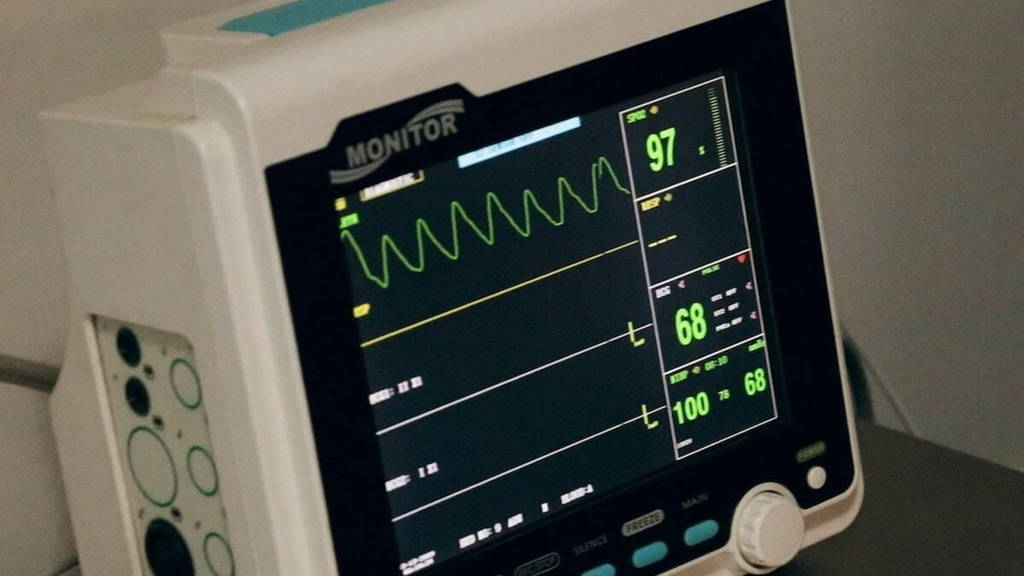With the so-called COMBAT-VT project, the Catharina Hospital, the Eindhoven University of Technology (TU/e) and Philips are investigating whether data models can predict who has a high risk of cardiac arrhythmias after a heart attack. The research project stems from a pressing problem because according to the researchers, some patients develop dangerous cardiac arrhythmias after a heart attack. That is why, despite close monitoring of many patients, help sometimes still comes too late.
“We are actually overtreating the group of patients, so to speak, in order to monitor and serve the small risk group as well as possible. Nevertheless, we often intervene too late and people die unexpectedly,” says cardiologist and TU/e part-time professor, Lukas Dekker. He’s an electrophysiologist and specialist in the treatment of cardiac arrhythmias at the Catharina Heart and Vascular Center. The cardiologists want to identify people with a high risk of cardiac arrhythmias in a more targeted way, so that they can be helped better – preventively – for example with an implantable defibrillator or catheter ablation. Electrophysiology
TU/e and Catharina Hospital have been working together for years. For example, fundamental research was conducted into the flow of coronary arteries, which led to an adjustment of the global treatment guidelines. In the collaboration, electrophysiology is a relatively new, rapidly developing area of interest. The COMBAT-VT partners use the enormous amounts of patient data that are already available from laboratory results, ECGs and scans from the past ten years. “Rough diamonds from which a mountain of relevant information can be extracted,” says Dekker.
Converting into mathematical models
As part of the post-master's program Qualified Medical Engineer (QME)* at TU/e, Melissa Niemantsverdriet started developing and implementing the clinical data workflow within the hospital. In other words: how do you collect, structure, analyze and process all the patient data for TU/e researchers who can then convert it into mathematical models that provide information for physicians? A pilot study with fifty patients who had suffered a heart attack examined what data was available in hospital departments.
According to Niemantsverdriet, the test went so well that the medical ethics committee gave permission for scaling up. We used existing data of 3,500 patients. A dashboard has been designed with which selections and combinations of data can be made that provide specialists with valuable information. According to the participating research parties, physicians are better supported in their decisions and the treatment of their patients with technologies and data models.
Eyes predict heart problems
The eyes can also be used to estimate whether people are having a heart attack. A research team led by University Leeds developed a self-learning system two years ago. This can be used to trace (future) heart and vascular problems by scanning the eyes. This AI-driven system automatically selects people who are at high risk of a heart attack within the year. Even minor upcoming cardiovascular problems can be traced with a scan of the small blood vessels in the eyes in particular.






